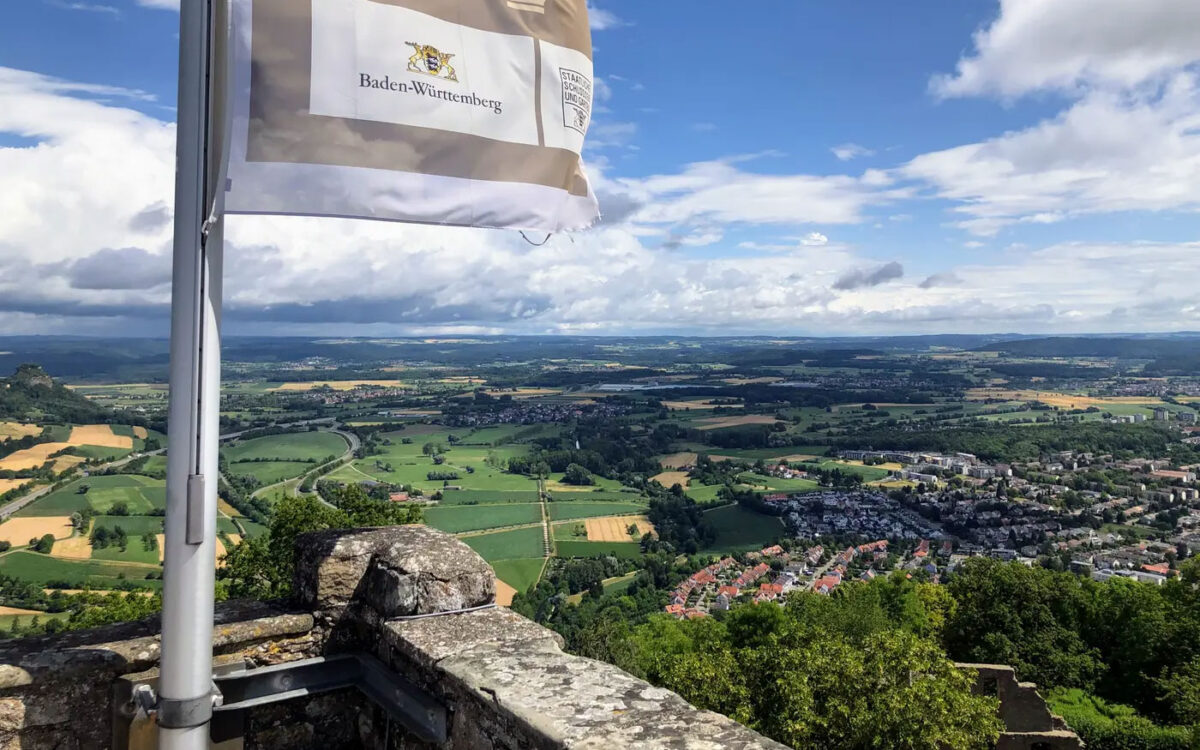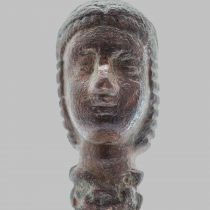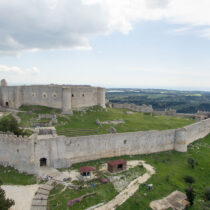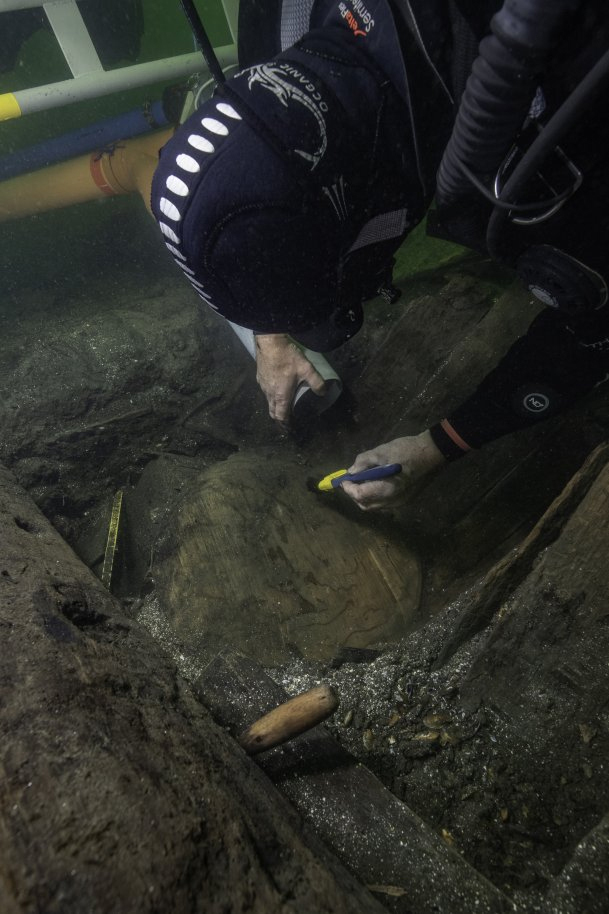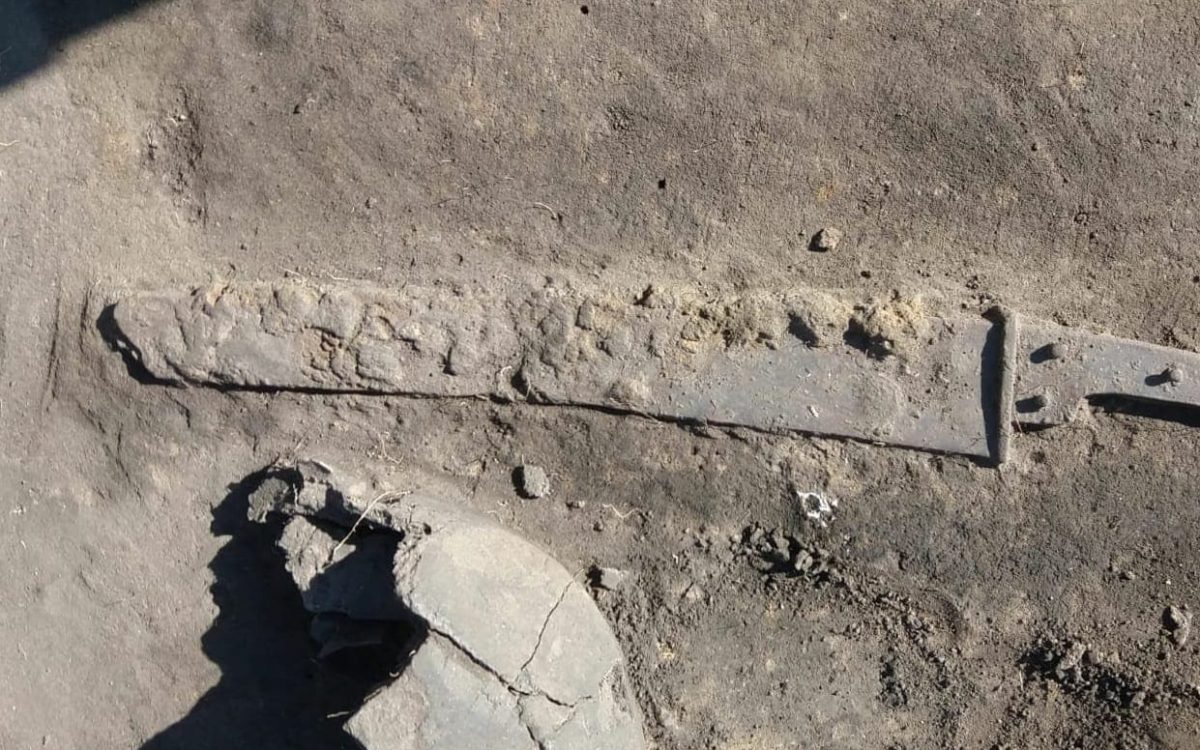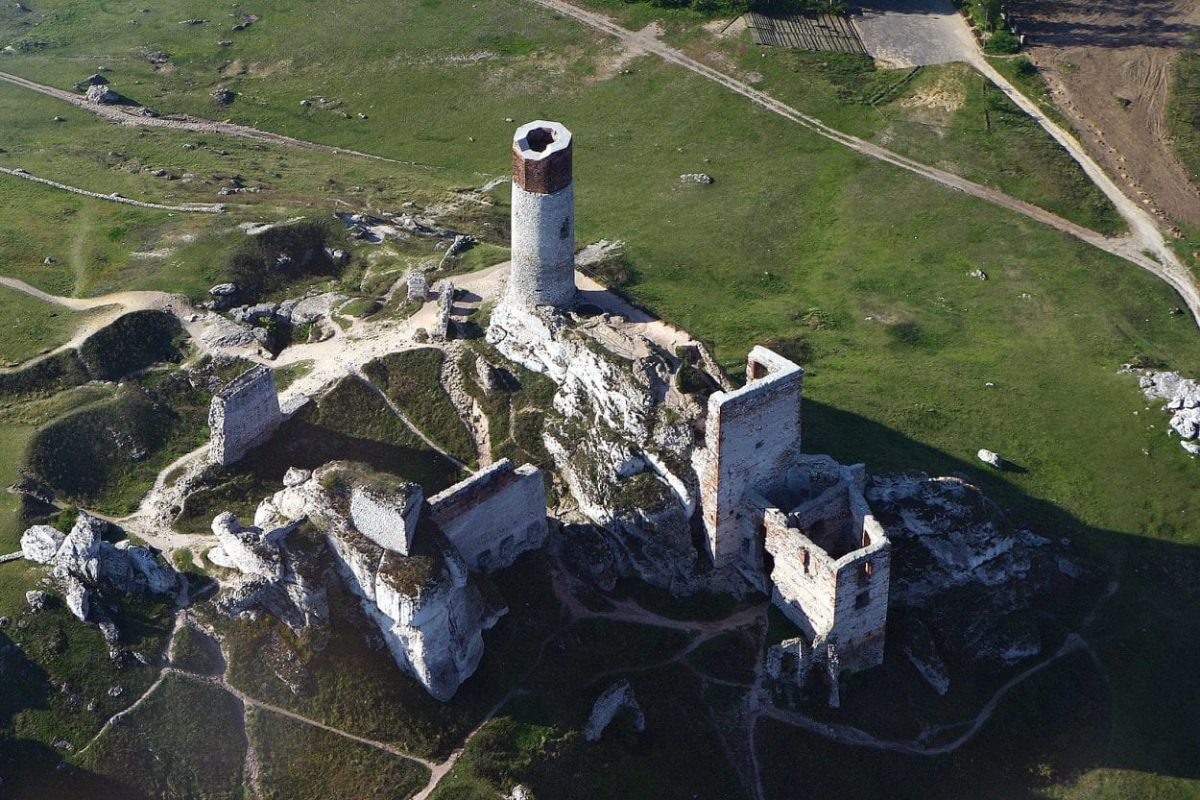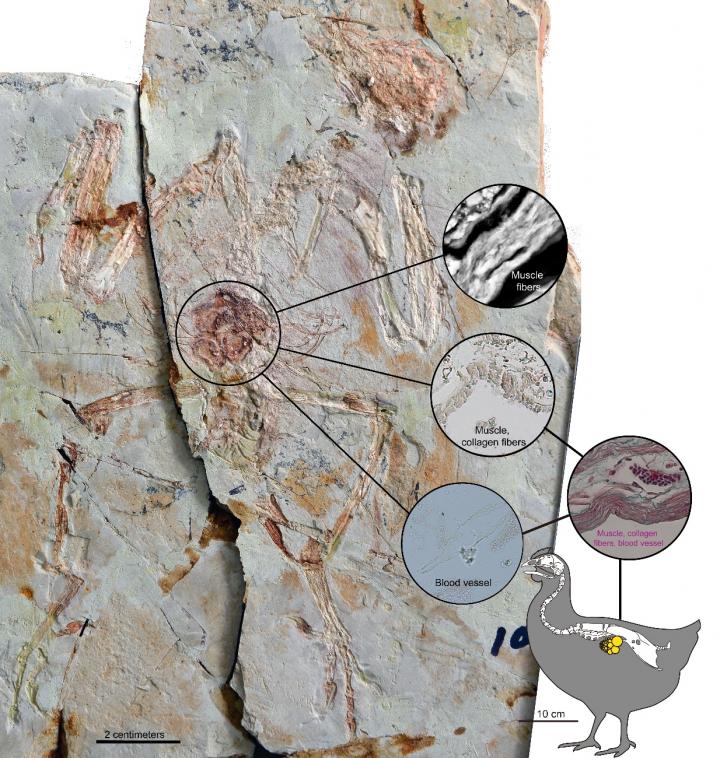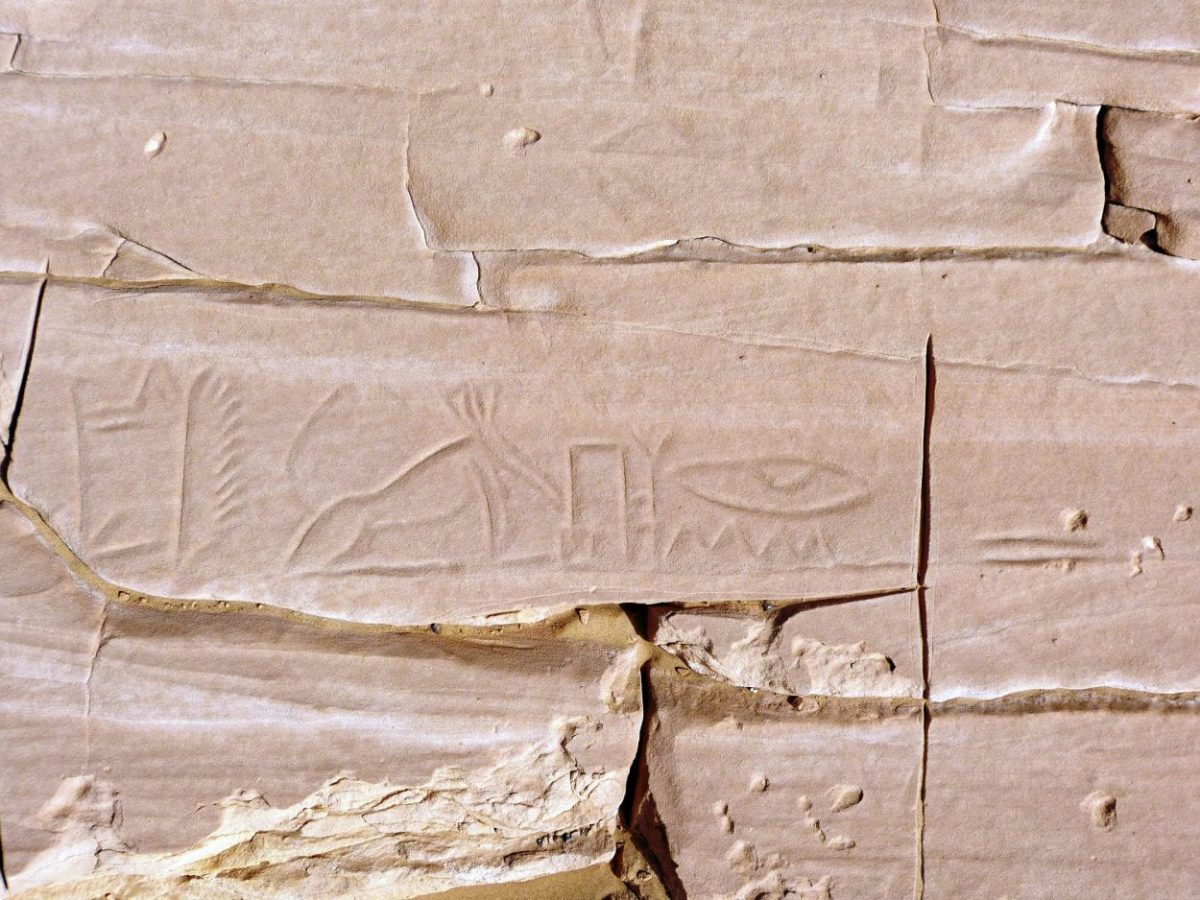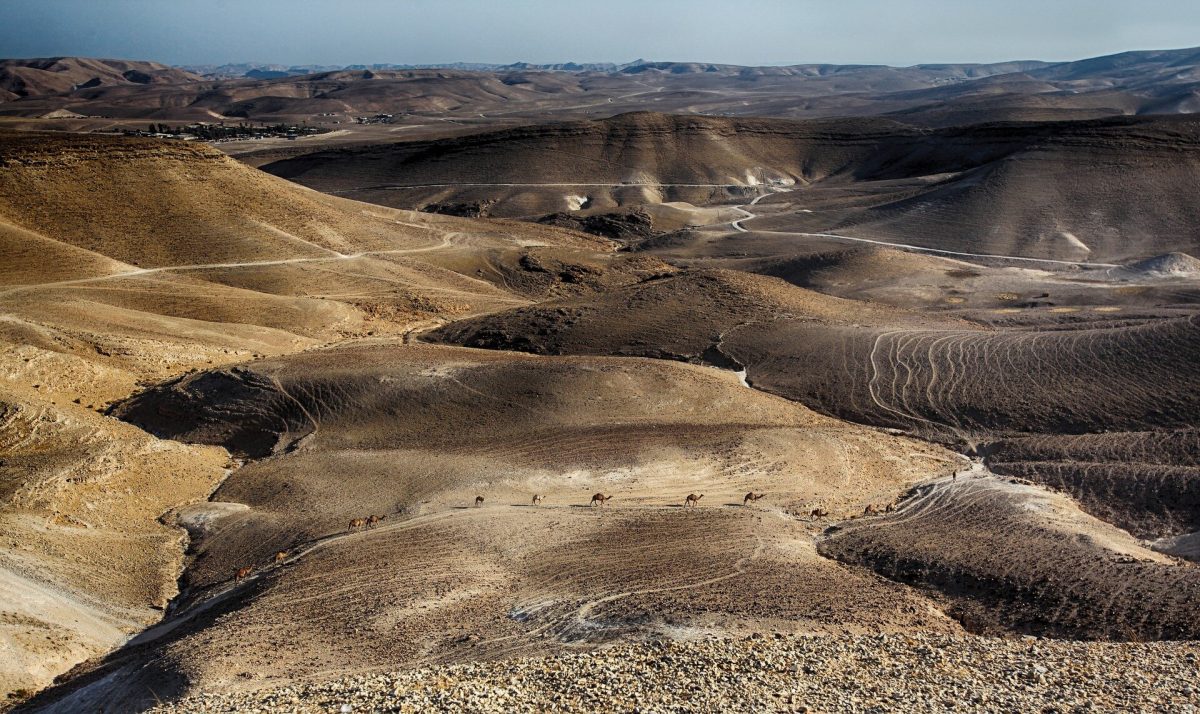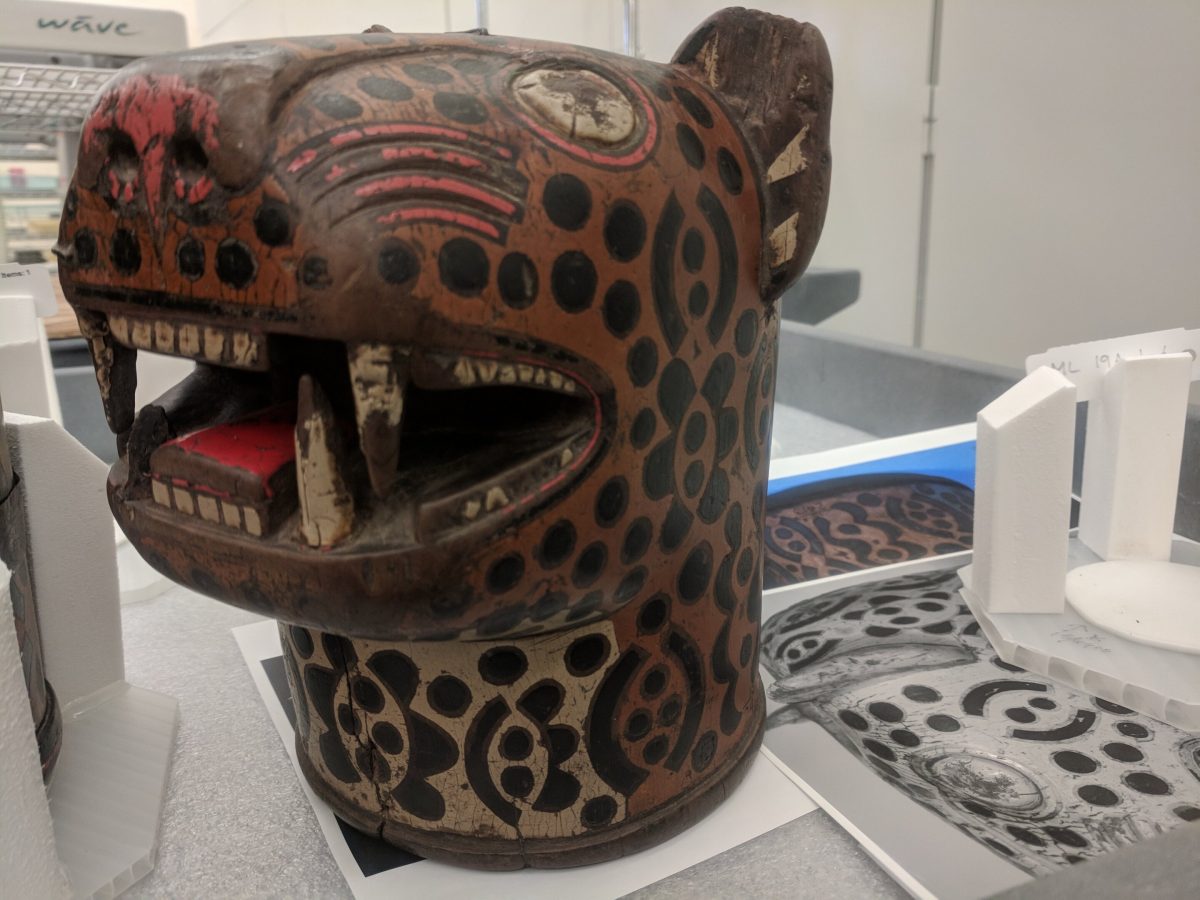Monkeys buried like ‘sleeping babies’
The remains of monkeys found buried at an ancient port in Egypt reveal that they were imported from India as household pets, say archaeologists.
Unique discovery in Baltic Sea wreck from 1495
Researchers at Lund University in Sweden can now reveal what the Danish King Hans had planned to offer when laying claim to the Swedish throne in 1495...
First results of Stonehenge acoustic scale model
The Acoustics Research Centre constructed and tested an acoustic scale model to determine alteration of sound by all of the original 157 stones in 2200 BC.
Single-edged sword, spears & relics in ancient cemetery
Clasps for fastening clothes, a richly ornamented spindle, iron needles, and a single-edged sword found in a graveyard site in Bejsce, Poland.
Αt the construction site of the National Art Gallery of Greece
"The project is advancing fast, at a satisfactory pace and its progress is now visible ", said the Minister of Culture and Sports.
Hidden cave system discovered beneath historic castle
Archaeologists conducting research at Olsztyn Castle have discovered a cave beneath the 14th-century fortress, in addition to a complex system of tunnels and crevices.
Palaeontologists prove bird ovary tissue can be preserved in fossils
A research team led by Dr. Alida Bailleul from the Institute of Vertebrate Palaeontology and Palaeoanthropology (IVPP) of the Chinese Academy of Sciences has put one controversy to rest: whether or not remnants of bird ovaries can be preserved in the fossil record.
Desert resources contributed to rise of ancient Egyptian Civilisation
Archaeologists suggest that the natural raw materials transported from the Libyan Desert in the west, and the much smaller Arabian Desert in the east contributed to the rise of the Egyptian Civilisation.
Traces: The archaeology of the Koufonisia
The exhibition seeks to reconstruct the archaeological landscape of the two islands of the Small Cyclades, Ano and Kato Koufonisi.
Oldest South American fossil lizard discovered in Brazil
The animal was approximately 10 cm long and lived more than 130 million years ago in what is now the state of Minas Gerais. Its morphology differs from that of all other known lizard species.
Most of Stonehenge’s large boulders share origin in west woods, Wiltshire
Most of the hulking sandstone boulders—called sarsens—that make up the United Kingdom's famous Stonehenge monument appear to share a common origin 25 kilometers away in West Woods, Wiltshire.
Fifth British Egyptology Congress
In 2020, the host institution is Durham University; due to COVID-19, Congress will be held online over September and October 2020.
Traditional costume from Naoussa: Nr. 1 on sketchfab, the digital library
The costume was digitally depicted by 2nd and 3rd year high school students of the region.
Collapse of ancient economy in the grip of plague and climate change
Recently, a team of Israeli archaeologists discovered new and compelling evidence for a significant economic downturn on the fringe of the Byzantine Empire.
Scents of Mummification and Ancient Egyptian Afterlife
Online workshop scheduled for August 2, 2020, via Zoom.
Study suggests the Pyramid of the Moon set urban design of Teotihuacan
The Pyramid of the Moon, the second largest structure at the Teotihuacan Archaeological Zone could be the foundation for the urban design of the ancient Mesoamerican city.
Ancient Egyptian embossed blocks of Ramesses II discovered
Archaeologists conducting a rescue project have discovered several embossed stone blocks and statues from the reign of King Ramses II and Egypt’s Coptic era.
Machu Picchu celebrated the anniversary of its discovery without tourists
The authorities had hoped to reopen Machu Picchu but were forced to postpone it amid a continuing increase in the number of Covid-19 cases.
Lead white pigments on Andean drinking vessels provide new historical context
Researchers used isotope measurements of lead white pigments in the decorative patterns on 20 colonial qeros to reveal linkages among vessels that were unknown previously.
Archaeologists discover several hundred arrows and bolts at fortified site
Archaeologists excavating the fortified settlement of Biala Góra, in northern Poland have discovered several hundred arrowheads and crossbow bolts dating from around the invasion of Casimir the Great in 1340.
Fossil: Wrong number of fingers leads down wrong track
Have you ever wondered why our hands have five fingers? And what about amphibians?
Hagia Sophia: Letter from the FHW to the Ecumenical Patriarchate
"A symbol of intercultural dialogue and interfaith consensus is being used as a means of polarization and division", says the Foundation’s announcement.
Ancient Egyptian princess known as ‘the mummy of the screaming woman’ had died of a heart attack
A CT scan showed that she suffered from atherosclerosis possible to have led to a heart attack.
Ancient African skull sheds light on American crocodile origins
The extinct African crocodile species Crocodylus checchiai may be closely related to American crocodile species alive today.
